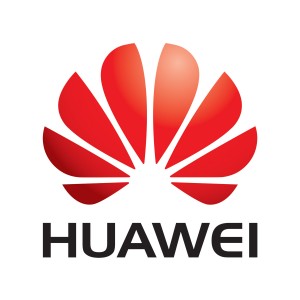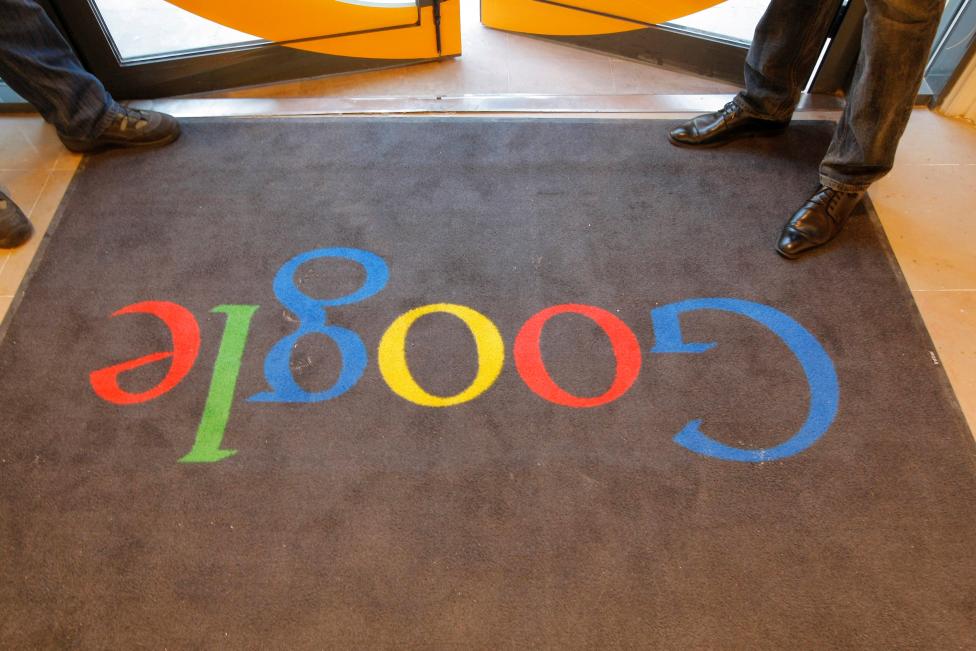There’s been plenty of debate over the merits of competing “4G” standards. In the U.S., Sprint and Clearwire have spared no expense building up and rolling out their high-speed WiMax network. Verizon and AT&T aren’t too far behind with their official launches of LTE networks on the horizon in 2011. Though those companies have committed to their wireless technologies for the time being, there are plenty of other providers on the global front that are not quite sold on which is right for them and their customers. With deployment such an expensive undertaking, the prospect of ending up with the less cost-effective or less-capable technology has given way to quite a quandary. WiMax or LTE?
Huawei has made this quandary a little less daunting with the launch of their new solution that allows operators an effortless and uninterrupted migration between WiMax and LTE-TDD standards. The SingleRAN solution is made up of a dual mode base band unit (BBU) that works in concert with a WiMAX and LTE TDD dual mode remote radio unit (RRU) and is capable of operating on on 2.3GHz, 2.5GHz and 3.5GHz mainstream Time-Division Duplexing (TDD) frequency bands.
The network solution doesn’t limit mobile broadband connections to those operating on WiMax and LTE. It’s also accessible by those using devices enabled for GPRS and UMTS, thanks to Huawei’s SingleEPC packet core network solution. Its flexibility is an undeniable strength, possessing the ability to be configured as WiMAX module, a LTE-TDD module, or a WiMAX and LTE-TDD dual mode module with the simple flick of a software upgrade.
Huawei knows a thing or two about deployment of its WiMax solutions, having won 79-plus commercial WiMAX network contracts across the globe. Their LTE-TDD capabilities also displayed admirable performance when spotlighted by China Mobile at the 2010 Shangai World Expo. The combination of such well-performing solutions is a boon to an industry currently trying to provide the fastest connections possible, but still largely experimenting and trying to improve on two less-than-perfect technologies.
Author, Posted by Evan Kessler





































